AIT recently exhibited at the 2018 MRO conference in Orlando Florida and demonstrated the GE Mentor Visual IQ with 3D phase measurement to aviation maintenance personnel from around the world. The Mentor IQ is the only video borescope with advanced 3D measurement capability to detect and measure defects with the highest degree of accuracy.
Maintenance and repair operations rely on video borescopes like the Mentor IQ to ensure the best possible inspection of turbines in the aviation industry. The mentor IQ has the added advantage of not needing to change tip adapters to conduct borescope measurements like old fashioned stereo measurement does. The 3D point cloud also helps inspectors visualize the inspection far better than stereo.
AIT is looking forward to a repeat performance at the 2019 conference in Atlanta, GA.
 Mentor Visual IQ video borescope
Mentor Visual IQ video borescope
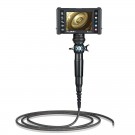


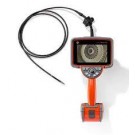
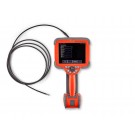
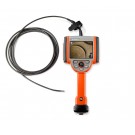
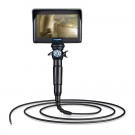

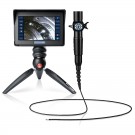
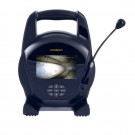
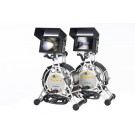
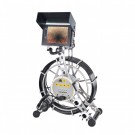

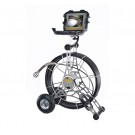


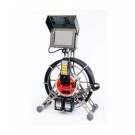
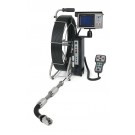
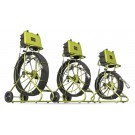
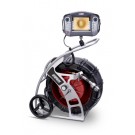
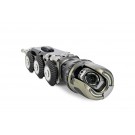
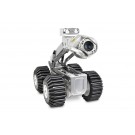
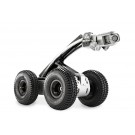


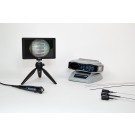


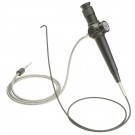

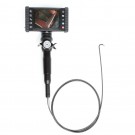

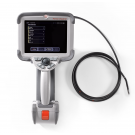
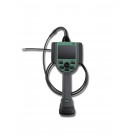
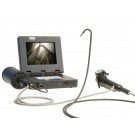
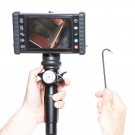
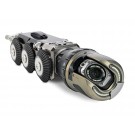
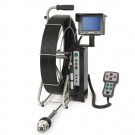
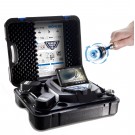
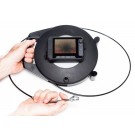
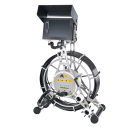

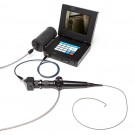



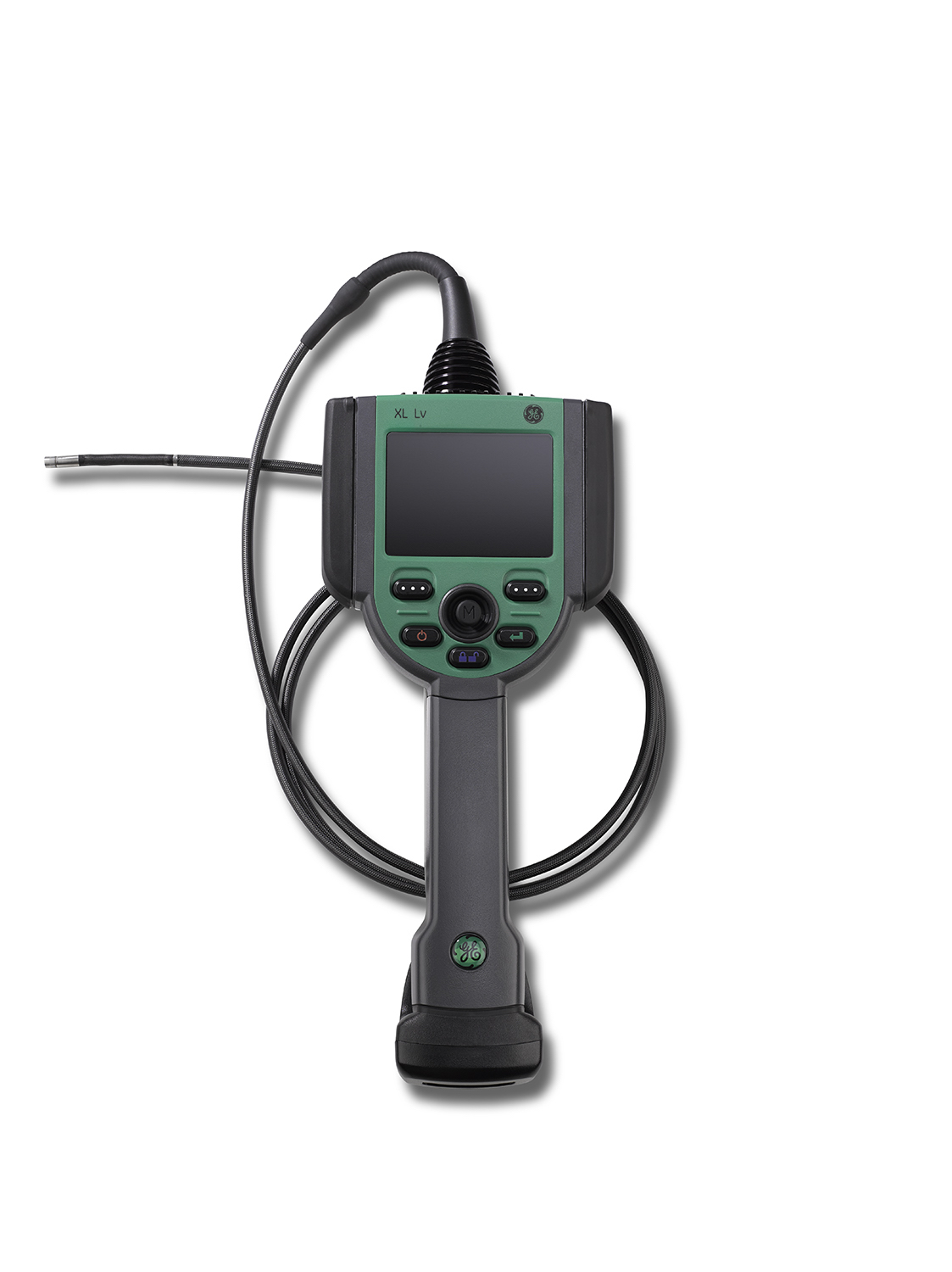


 Videoscopes Inspect Cell Towers
Videoscopes Inspect Cell Towers

 Power Generation plants use borescopes and videoscopes extensively to reduce maintenance and avoid unscheduled outages. During outages or prior to plant start up, remote visual inspection (RVI) is used used to inspect areas of the plant that are not accessible during operation. Some common applications for RVI include:
Power Generation plants use borescopes and videoscopes extensively to reduce maintenance and avoid unscheduled outages. During outages or prior to plant start up, remote visual inspection (RVI) is used used to inspect areas of the plant that are not accessible during operation. Some common applications for RVI include: